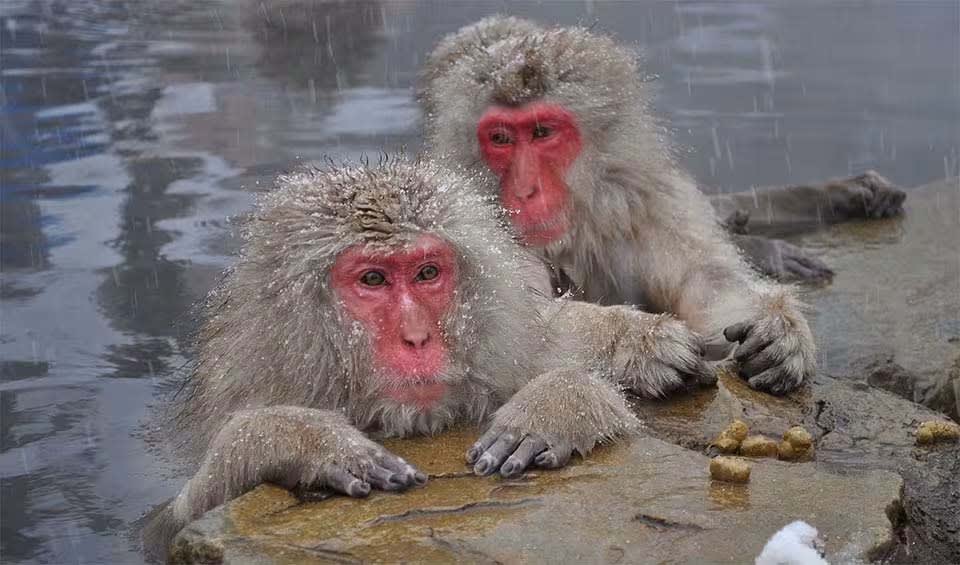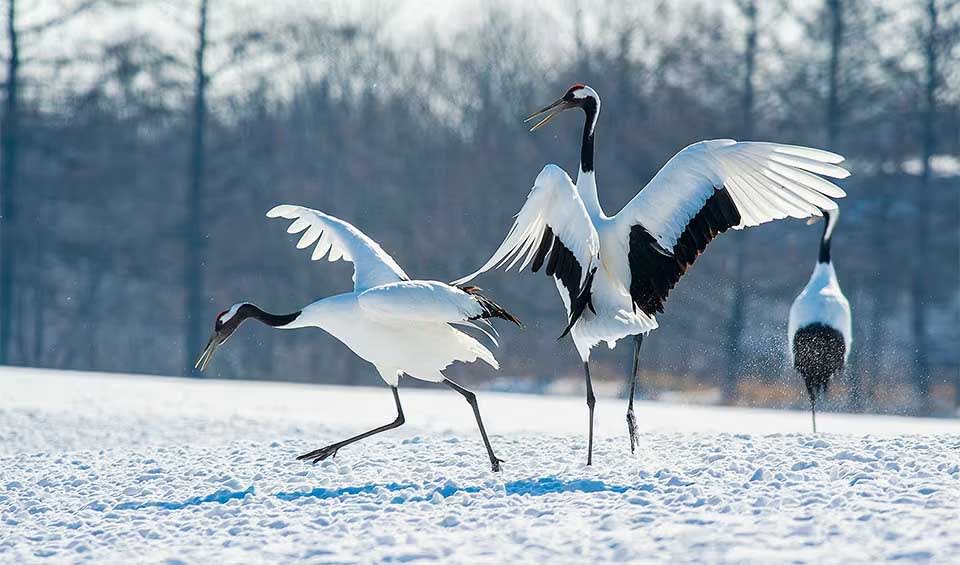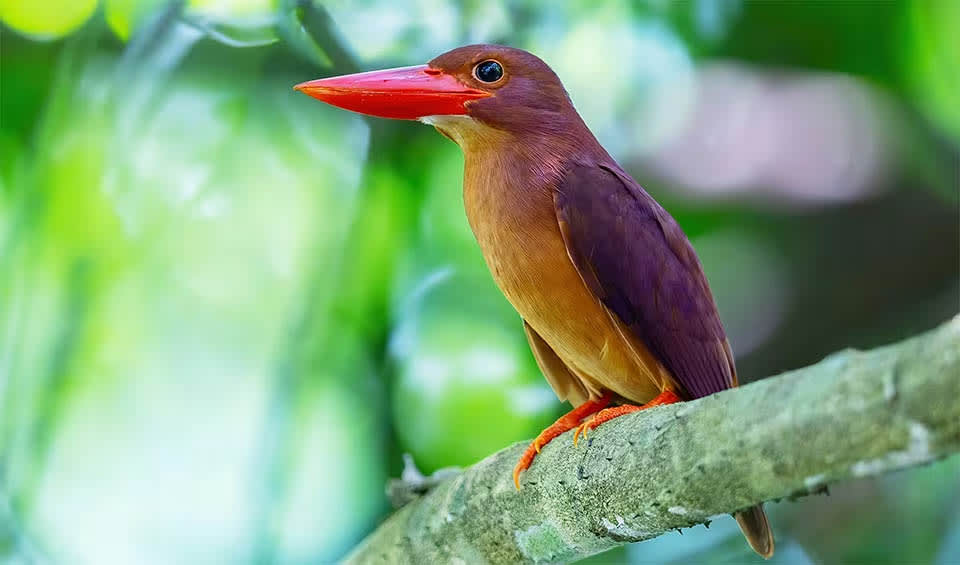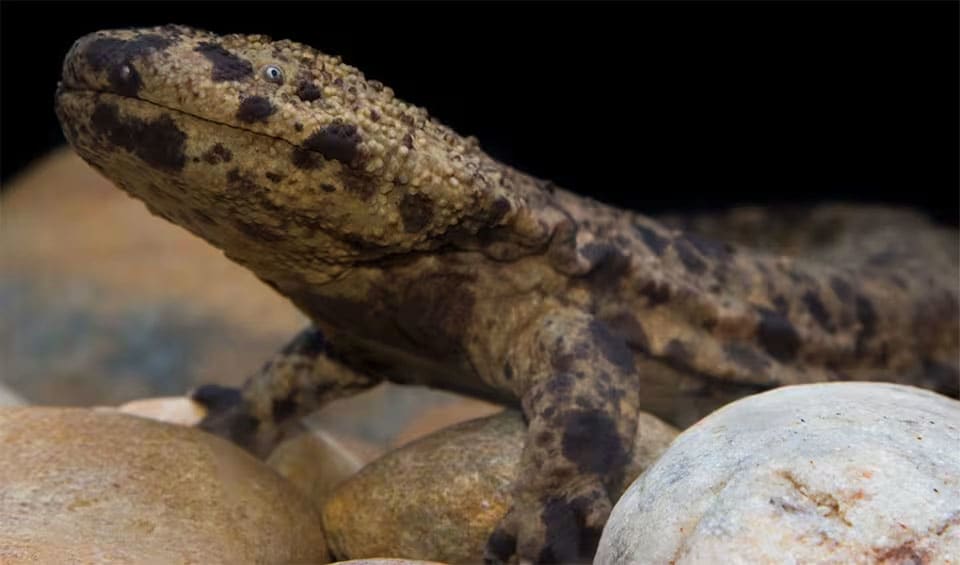The radiation released from the atomic bombings on Japan had lasting effects on biodiversity, including genetic mutations and ecosystem disruptions. A land area of 380,000 km² (146,680 mi²) supports tremendous biodiversity, with over 90,000 recognized species and perhaps 300,000 unidentified species. Surprisingly, approximately 40% of terrestrial mammals and vascular plants are endemic. However, habitat destruction, urbanization, and climate change threaten this richness. Forests cover 67% of Japan, yet natural forests occupy only 17.9%. There are 34 national parks and 86 wildlife protection areas, but ecosystem representativeness is below average. Governance is based on strong regulations, yet ongoing controversial practices such as whaling and ivory trading compromise conservation efforts.
In order to protect Japan’s biodiversity and balance economic development, future policies place a strong focus on ecosystem restoration, sustainable farming and fishing practices, and climatic resilience. These strategies will be supported by modern technology and international cooperation.
Four pillars elaborated:
Japan protects 29.75% of its terrestrial and inland waters, while marine protected
areas cover 13.89%. Just 17.9% of the land surface is made up of natural forests,
despite the country’s 67% recorded forest cover, according to a recent vegetation
map. Mountains, which make up over 20% of the area, are home to a large portion
of the country’s natural vegetation, which includes grasslands and forests.
However, substantial loss of tree cover and grasslands has occurred over the past
few decades, with more than 60% of wetlands lost since 1992. To counter these
losses, 34 national parks have been established, covering 5.8% of the land.
Additionally, 86 wildlife protection areas at the national level cover a total of 5,930
km² (2289.6mi²). These areas are classified into breeding areas, large habitats,
wetland areas, and habitats for rare birds and mammals. Land Management
Land Management
Despite these efforts, the Protected Areas Representativeness Index (PARI-24.20)
indicates that the ecosystem diversity is below average. This suggests that the
current protected areas do not fully cover the habitats of all vertebrate, invertebrate, and plant species, pointing to a need for more protected areas to ensure complete protection of all species’ habitats.
In Japanese folklore like Tsuru no Ongaeshi (Crane’s Return of a Favor), animals
are portrayed as sentient beings. Whether it’s the Japanese macaque chilling in hot
springs or Red-crowned cranes dancing in the snow, everything about this tiny
country’s biodiversity is unique. Natural habitats were disturbed by the growth of
cities and the shrinkage of rural areas, endangering biodiversity. Threats to Biodiversity
Threats to Biodiversity
Rapid urbanization, introduction of alien species, and habitat changes caused
serious threats to biodiversity. Coastal development worsened the issue, with
pollution and land reclamation damaging habitats and affecting water quality.
Marine biodiversity was also threatened by coral bleaching. Semi-natural
grasslands now only makeup around 1% of the country’s total land area due to
changes in land usage. On top of that, many species’ populations, behavior, and
distribution are suffering due to climate change. Due to the country’s high seafood
consumption, unsustainable fishing methods have resulted in overexploitation of
marine resources and a decline in marine biodiversity. A significant portion of its
total fish catch comes from overexploited or collapsed stocks.
Japan’s biodiversity conservation is built on a robust legal framework, including the Basic Act on Biodiversity (Article 14), Nature Conservation Law, Wildlife Protection, Forest Law, Natural Parks Law, Species Conservation Act and Hunting Management Law. Urban biodiversity is protected under the City Green Zone Conservation Law. Capacity and Governance
Capacity and Governance
Recently, PAs’ governance has shifted towards polycentric regimes, involving co-management, joint management, public-private partnerships (PPPs), and collaborative governance. These approaches aim to address the shortcomings of centralized governance such as lack of flexibility. Achieving the “30×30” targets mainly involves increasing PAs, which will come with challenges like diverse land ownership, overlapping institutional responsibilities, and limited administrative resources.
It is not enough to simply be a party/member to many treaties, such as the CBD and CITES; these commitments must be matched by concrete actions and enforcement by the country. Unfortunately, Japan’s whaling practices in the 21st century, resembling the noise of empty vessels, sharply contrast with its claims of biodiversity conservation. Also the ongoing operation of its domestic ivory market, which remains open despite globally being closed such markets to protect elephants. Both practices relentlessly endanger magnificent and vulnerable creatures, displaying a disturbing lack of empathy and a brutal approach to wildlife. Addressing these issues requires not only legal and economic measures but also stricter international enforcement of regulations.
Japan plans to enhance ecosystem restoration efforts, focusing on reducing habitat loss and degradation. With incentives and revised rules, they seek to incorporate biodiversity into national and local policies. Advanced technologies and scientific methods will be employed to improve biodiversity monitoring and management. They plan to promote sustainable methods in forests, fishery, and agriculture. One of the top priorities will be eliminating invasive species in a systematic manner and effectively managing borders. Climate change mitigation and adaptation will focus on creating resilient ecosystems. By supporting programs like the Satoyama Initiative, they also expect to enhance regional and international cooperation. Economic assessment of biodiversity will help balance conservation with economic activities. Educational programs and awareness campaigns will be implemented to promote a culture of conservation. Future Trends
Future Trends
Biodiversity
Japan is renowned for its rich biodiversity, resulting from its varied climate and topography across its four main islands—Honshu, Hokkaido, Kyushu, and Shikoku—as well as numerous smaller islands. The country’s diverse ecosystems include temperate and subtropical forests, alpine regions, coastal zones, and marine environments, each supporting a unique array of flora and fauna. Japan’s temperate forests are home to iconic species such as the Japanese macaque, Japanese serow, and the Asiatic black bear. The subtropical forests, particularly in the southern islands like Okinawa, host species such as the Iriomote cat, a critically endangered wildcat found only on Iriomote Island.The country’s marine biodiversity is equally impressive, with its extensive coastline and surrounding seas providing habitats for a variety of marine life. Japan lies within the Coral Triangle, an area known for its high marine biodiversity, including numerous species of coral, fish, and other marine organisms. Coastal regions support rich ecosystems such as seagrass beds and mangroves, which are vital for species like the green sea turtle and various seabirds. The mountainous regions, particularly the Japanese Alps, are characterized by alpine flora and fauna, including the Japanese ptarmigan and various endemic plant species adapted to high-altitude environments.
In the table below are the number of known species in several main groups, how many of these species are Threatened with extinction, and how many of them are Endemic (unique to Japan only):
| Species (World rank) |
Threatened | % Threatened | Endemic | % Endemic | |
|---|---|---|---|---|---|
| Mammals | 154 (#76) | 29 | 18.8% | 46 | 29.9% |
| Birds | 441 (#78) | 50 | 11.3% | 21 | 4.8% |
| Reptiles | 105 (#88) | 24 | 22.9% | 45 | 42.9% |
| Amphibians | 108 (#36) | 20 | 18.5% | 82 | 75.9% |
| Fishes | 4,164 (#4) | 170 | 4.1% | 42 | 1.0% |
| Plants | 5,600 (#56) | 50 | 0.9% | 216 | 3.9% |
mammals
Japanese macaque
Fancy a long afternoon in the Jacuzzi with family and friends? You could be a Japanese macaque!
Ryukyu flying fox
Can fly several kilometers each night to find the fruits they need
Asian black bear
In Vietnam, these bears are caught, crammed into tiny cages, have their teeth removed to extract bile – sold as “medicine”
birds
Tufted puffin
Try as you might, you will never find a hairstyle better than this bird’s
Red-crowned crane
A symbol of immortality and peace in many Asian cultures
Ruddy kingfisher
Notoriously difficult to spot due to their preference for dense, shadowy forest habitats
reptiles
Green anole
Really good at climbing trees and fences because their feet have special sticky pads that help them stick to almost anything!
Common snapping turtle
Unlike the smooth shells of most turtles, its carapace is ridged and gnarled, resembling a piece of ancient armor
Beauty rat snake
Its colorful pattern makes it stand out, earning it the name “Beauty”
amphibians
Ryukyu Kajika frog
This steamy little fella is hot! Some of these frogs even breed in geothermal hot springs
Japanese giant salamander
The legendary Japanese creature called the kappa might just owe its eerie origins to this mysterious salamander
Asiatic toad
The toxin from their parotoid glands has potential antimicrobial and anticancer medicinal properties
National Animals
Green pheasant
Japan’s quake-alert national bird
Koi carp
Not just a pond fish but a cultural icon, especially in Japan where they are most famously cultivated


















